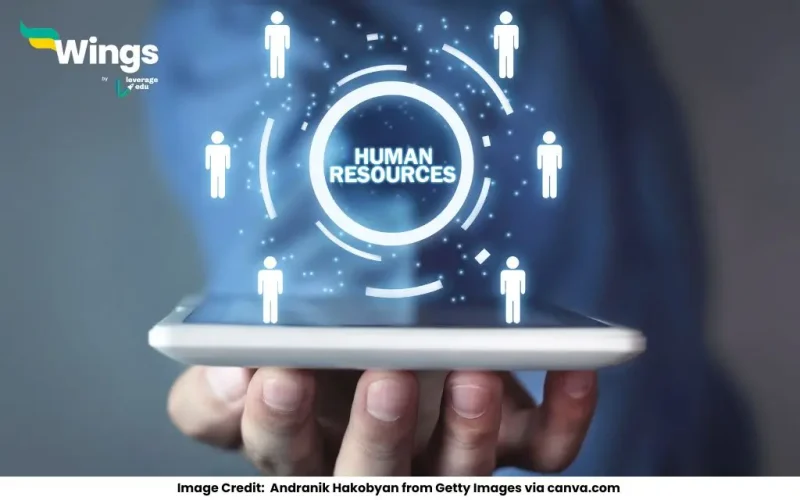Human-made resources refer to materials or assets that have been created or modified by human efforts to fulfil specific needs. Unlike natural resources that exist independently of human intervention, human-made resources are the result of ingenuity, creativity, and labor. Some of the common human-made resource examples include buildings, machinery, roads, and tools that enhance our lives and drive progress.
What Are Human-Made Resources?
Human-made resources emerge when humans transform natural resources into something useful. For instance, trees (a natural resource) are processed into furniture or paper, which are considered human-made resources. These creations are essential for the development of society, providing convenience and infrastructure for modern living.
Types of Resources: Natural vs. Human-Made
To understand human-made resources, it’s crucial to differentiate them from natural resources. Let’s explore both:
1. Natural Resources: Resources that exist in nature without human intervention.
Types of natural resources are –
- Renewable Resources: Sunlight, water, wind, and forests.
- Non-renewable resources: Coal, oil, natural gas, and minerals.
2. Human-Made Resources: Resources developed by humans using natural resources, technology, and labour. Examples of human-made resources in our surroundings are:
- Infrastructure: Roads, bridges, and dams.
- Technology: Computers, smartphones, and satellites.
- Tools and Machinery: Farming equipment, factories, and medical devices.
Why Are Human-Made Resources Important?
- Economic Growth: Infrastructure and machinery drive industries, creating jobs and improving living standards.
- Technological Advancements: Innovations like satellites and renewable energy devices are vital for sustainable development.
- Global Connectivity: Human-made resources like roads and internet technology bridge distances and connect people worldwide.
Fun Facts About Human-Made Resources
- Global Resource Use: According to a study, humanity used about 100 billion tons of resources in 2020, with human-made resources accounting for over 50%.
- Artificial Islands: The Palm Jumeirah in Dubai is a man-made marvel created from millions of tons of sand and rock.
- Modern Tools: The smartphone in your hand combines dozens of natural elements like silicon, gold, and rare earth metals into a human-made wonder.
Human-made resources are a testament to human creativity and capability. By transforming natural resources, humanity has built civilizations and advanced technology to improve the quality of life.
Common Doubts in Social Science
 60,000+ students trusted us with their dreams. Take the first step today!
60,000+ students trusted us with their dreams. Take the first step today!


 One app for all your study abroad needs
One app for all your study abroad needs










